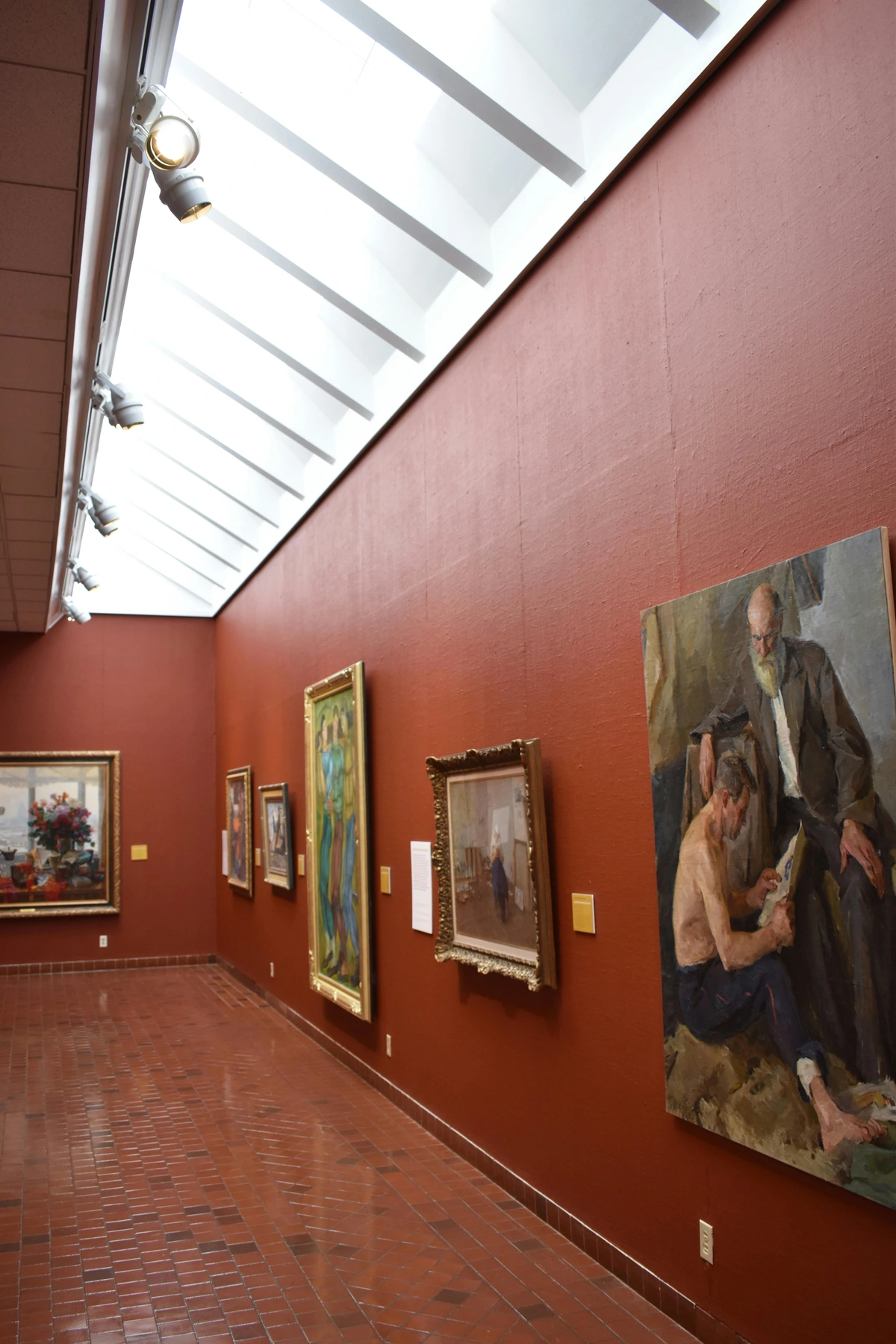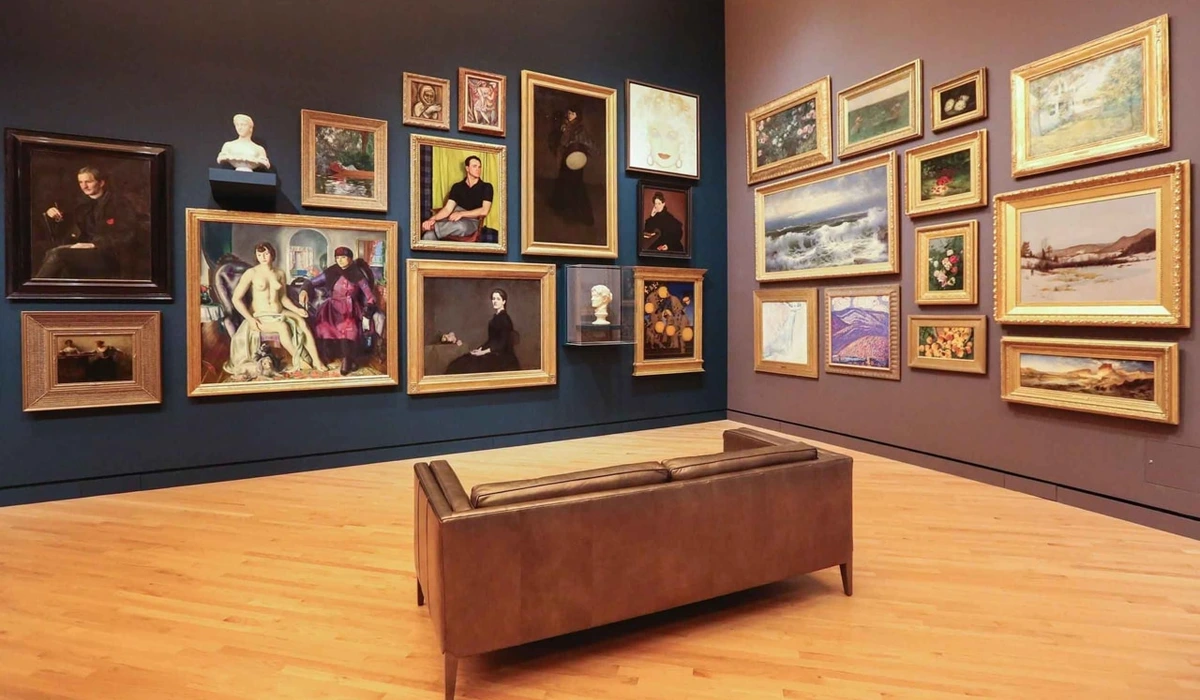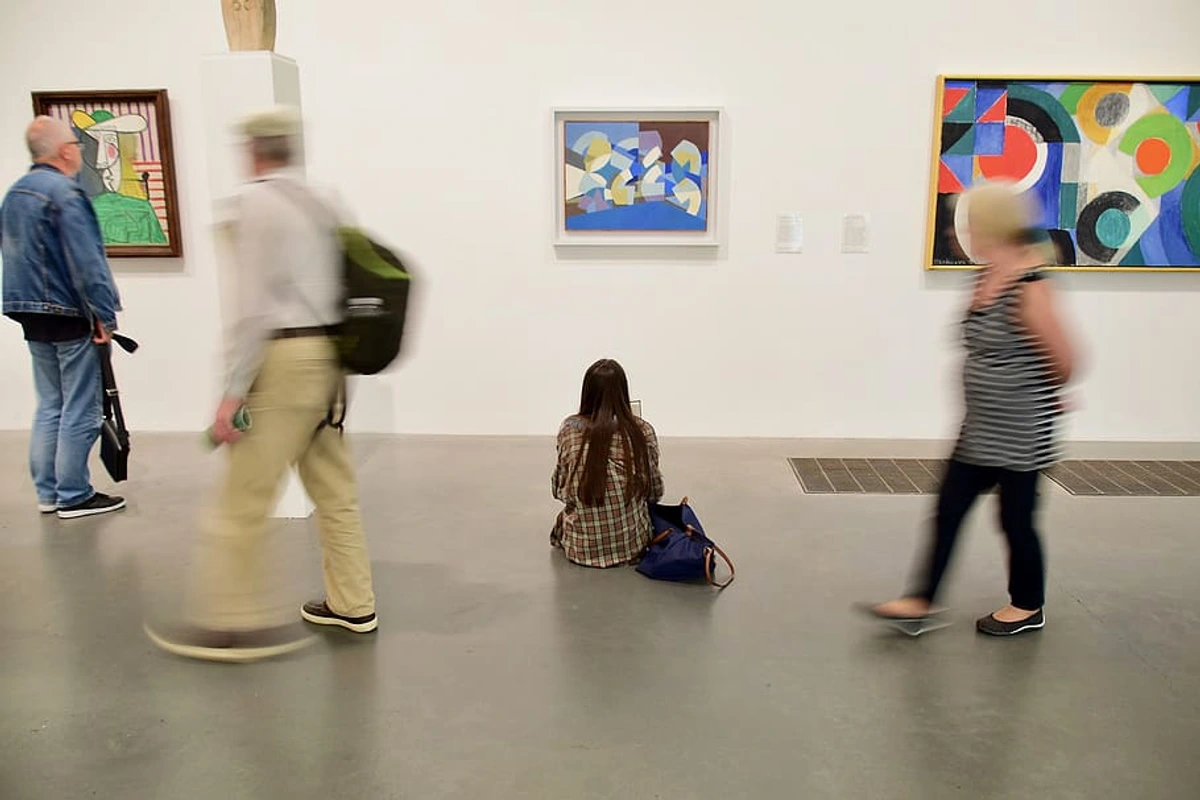
Discover Europe's Best Contemporary Art Galleries: A Personal Guide
Ready to dive into Europe's vibrant contemporary art scene? Join me on a personal journey through the best galleries, sharing tips, anecdotes, and the sheer joy of discovering new art.
Exploring Europe's Contemporary Art Galleries: A Personal Journey
There's something truly magical about walking into a contemporary art gallery in Europe. It's not just about seeing art; it's about feeling the pulse of the present, stepping into spaces where ideas are still forming, and maybe, just maybe, finding a piece that speaks directly to your soul. Unlike the grand, often overwhelming halls of the best museums in Europe or the historical weight of the famous art galleries showcasing the masters, contemporary galleries feel... alive. They're smaller, more intimate, and often buzzing with the energy of the artists and gallerists themselves.
I remember my first time really getting it. I was wandering through a quiet street in Berlin, slightly lost (as is my usual state, both geographically and existentially), and stumbled upon a small, unassuming door. Inside wasn't a dusty collection of old masters, but a bright, minimalist space filled with bold, challenging works by artists I'd never heard of. It felt like discovering a secret world. That's the charm, isn't it? The unexpected encounter, the quiet contemplation, the little jolt of excitement when a piece makes you stop and think.

Why Contemporary Galleries in Europe?
Europe has always been an art powerhouse, a cradle of movements from Impressionism to Cubism. But its contemporary scene is particularly dynamic. Cities like London, Berlin, Paris, Amsterdam, and even smaller hubs are hotbeds for new talent and innovative spaces. These aren't just places to view art; they're cultural hubs, often hosting talks, events, and openings that offer a glimpse into the vibrant ecosystem of the art world.
Think of it this way: museums are like libraries of established history. Galleries, especially contemporary ones, are like cutting-edge bookstores or labs where the next chapters are being written. They're where you'll find the best contemporary artists and maybe even spot the emerging artists worth collecting before they hit the big auction houses.
What to Expect Inside
Stepping into a contemporary gallery can sometimes feel a bit intimidating, right? Especially if you're new to the scene. Will they judge my sneakers? Do I need to understand the artist's statement (which, let's be honest, can sometimes be a puzzle in itself - artist statement explained)? The truth is, most galleries are welcoming spaces. Their primary goal is to connect art with people, whether that's through viewing, discussing, or buying.
You'll typically find:
- Diverse Mediums: Beyond paintings, expect sculpture, photography, video art, installations, and mixed-media art. Contemporary art loves to push boundaries.
- Minimalist Spaces: Often, the architecture is clean and simple, designed to let the art breathe and command attention.
- Knowledgeable Staff: Gallerists or their assistants are usually happy to talk about the work, the artist, and the exhibition. Don't be afraid to ask questions! It's how you learn and engage.
- Price Lists (Sometimes): Unlike museums, art in galleries is usually for sale. Price lists might be discreetly available or provided upon request. Don't let this deter you from visiting if you're not buying; browsing is encouraged!

Navigating Europe's Contemporary Art Hubs
Europe is dotted with incredible cities for art lovers. While the old masters have their palaces, contemporary art thrives in specific neighborhoods and districts. Here are a few thoughts on some key players:
- London: A global heavyweight. Mayfair and Shoreditch are packed with galleries, from established powerhouses to experimental spaces. The Tate Modern is a must-visit, but dive into the smaller galleries around it for a real sense of the current scene.
- Berlin: Edgy, experimental, and constantly evolving. Areas like Mitte and Kreuzberg are full of galleries in former industrial spaces. It feels raw and exciting, much like the city itself. Check out Hamburger Bahnhof – Museum für Gegenwart for a taste of the scale.
- Paris: While steeped in history, Paris has a vibrant contemporary pulse, particularly in areas like Le Marais and Belleville. The Centre Pompidou is iconic, but the smaller galleries offer a more intimate look at French and international contemporary artists.
- Amsterdam: Known for its Dutch Masters, but the contemporary scene is strong, especially around the Jordaan and the museum district. The Stedelijk Museum is key, but explore the side streets for hidden gems. (And yes, my own museum is in 's-Hertogenbosch, not far away! You can visit the Zen Museum too).
- Basel: Small city, but a massive art world player thanks to Art Basel. The Fondation Beyeler is stunning, and the city punches well above its weight in terms of gallery quality.
- Rome: While ancient history dominates, Rome has a growing contemporary scene, with galleries often tucked away in historic buildings. MAXXI is a fantastic example of modern architecture housing contemporary art.
This is just a snapshot, of course. Cities like Brussels, Vienna, Copenhagen (home to the fantastic Louisiana Museum of Modern Art), and many others have thriving contemporary gallery scenes. The best approach? Pick a city, do a little research on its gallery districts, and then just start walking. Serendipity is your friend.

Tips for Visiting
Okay, so you're ready to dive in. Here are a few things I've learned that might make your experience more enjoyable:
- Check Opening Hours: Galleries, especially smaller ones, can have quirky hours. Always check online before you go.
- Look for Openings: Gallery openings are free, open to the public, and a great way to see new work and experience the social side of the art world. Free wine is often involved, which, let's be honest, never hurts.
- Don't Be Afraid to Ask: If you like a piece, ask about the artist, their process, or the price. It doesn't commit you to anything, and you'll learn a lot.
- Take Your Time: Don't rush. Let the art sit with you. How does it make you feel? What does it remind you of? (How to read a painting might help here).
- Bring a Notebook: Jot down names of artists or pieces you like. It's easy to forget once you've seen a lot.
- Consider Buying (Even Small): If you fall in love with something and it's within your budget, buying from a gallery is a fantastic way to support artists directly and start your own collection. It doesn't have to be a million-dollar piece; prints or smaller works are often available. (Buy art for beginners and starting an art collection on a budget are good places to start).
The Feeling of Discovery
For me, visiting contemporary galleries is less about ticking off famous names and more about the feeling of discovery. It's about seeing something that challenges my perspective, introduces me to a new way of seeing the world, or simply brings me joy. It's a reminder that art is a living, breathing thing, constantly being created and redefined.
It feeds my own creative process, too. Seeing how other artists are experimenting, what themes they're exploring, and how they're using materials is incredibly inspiring. It's like getting a peek behind the curtain of the art inspirations that drive the contemporary scene.
If you're looking to buy art or just deepen your appreciation for what's happening now, Europe's contemporary galleries are an unparalleled playground. They offer a direct connection to the artists shaping our visual landscape and a chance to be part of the conversation.
So, next time you're in a European city, step off the beaten path, find a gallery, and see where the art takes you. You might just surprise yourself.
Frequently Asked Questions
What's the difference between a contemporary art gallery and a museum?
A gallery is primarily a commercial space representing living artists and selling their work. Exhibitions change frequently. A museum is typically a non-profit institution with a permanent collection, focused on preservation, education, and scholarship. While museums might show contemporary art, galleries are usually the first place to see brand new work by represented artists.
Do I need an appointment to visit a contemporary gallery?
Usually not. Most galleries are open to the public during their stated hours. Appointments might be necessary for specific viewings, especially if you're a serious collector, but for general browsing, just walk in.
Is it okay to visit if I don't plan to buy anything?
Absolutely! Galleries welcome visitors who are there to appreciate the art. It's how they build interest in their artists. Don't feel pressured to buy.
How do I find contemporary galleries in a specific European city?
Start with online searches for "contemporary art galleries in [City Name]". Look for gallery districts or areas known for art. Art magazines, blogs, and local cultural guides are also great resources. Websites like Artsy or Artnet often list galleries by city.
What should I wear?
There's no dress code! Wear whatever you're comfortable in. Most gallery visitors are dressed casually.
Can I take photos?
Policies vary. Some galleries allow non-flash photography for personal use, others don't. Always check for signs or ask the staff before taking pictures.
How do I know if the art is 'good'?
That's the beauty of contemporary art – "good" is subjective! Focus on what resonates with you. Does it evoke a feeling? Does it challenge you? Does it make you see something differently? Understanding contemporary art meaning is often about engaging with the ideas and emotions, not just technical skill. Trust your own taste and reactions. (How to define your personal art style and taste can help with this journey).




